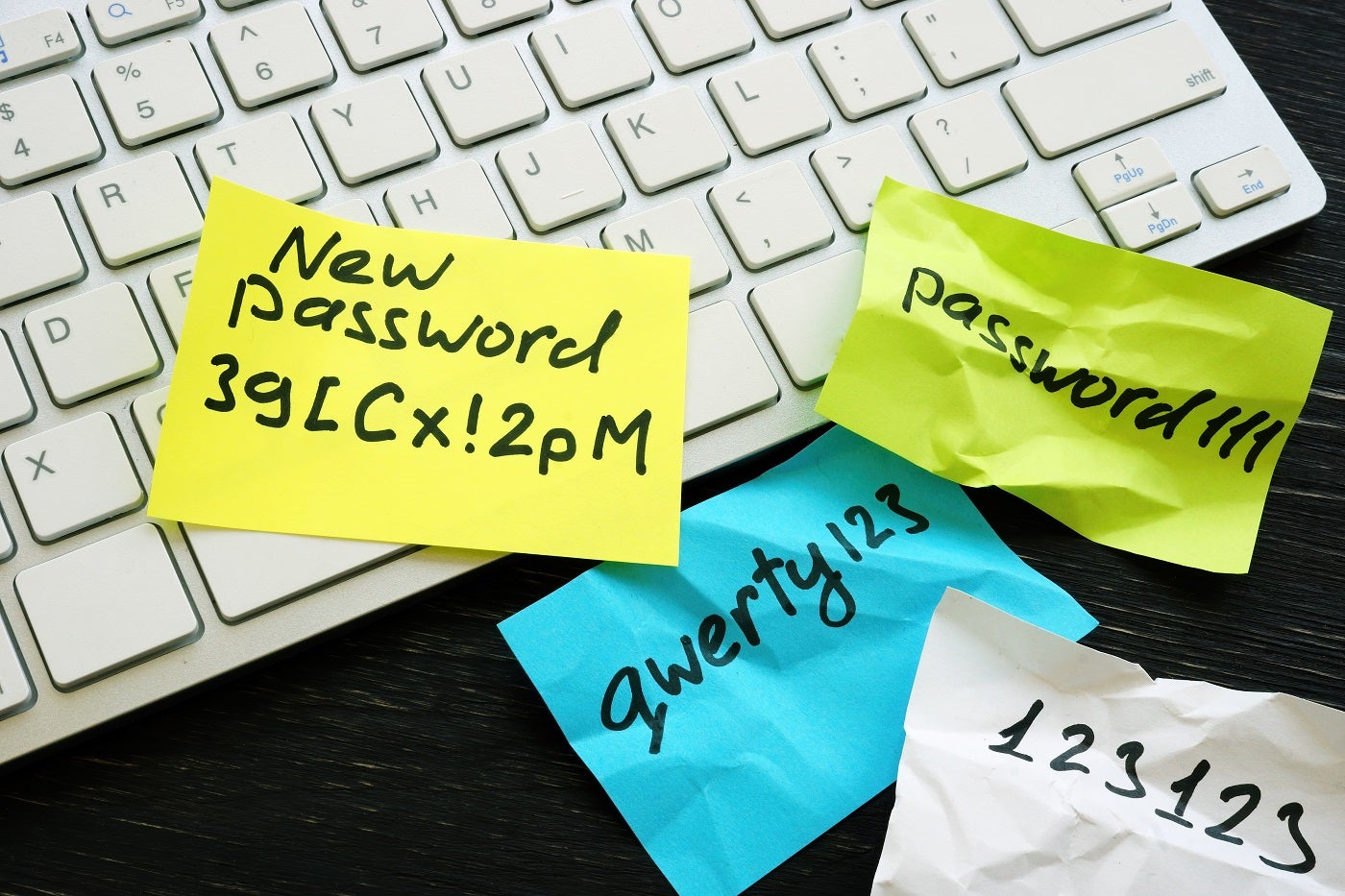Caller ID is the name and number that are displayed when you receive a call. Your caller ID appears when you call another person.
There is one important distinction, though: the numbers you have saved in your contacts are not the same. We're strictly referring to what appears when you get a call from an unknown number (or when you call someone who doesn't have your number saved).
It's most common on landlines, but we're seeing it on mobile devices as well. While it doesn't always work on cell phones, it's helpful to have an idea of who's calling.
However, caller ID is not always accurate. Both businesses and individuals can use fake numbers to impersonate someone else.
Does that mean you shouldn't trust him? Let's find out.
How does caller ID work?
- Someone makes a call: The caller's phone transmits its number to the recipient's telephone provider using CLID (calling line identification).
- The provider searches its database for: Some phone companies have their own data sets, but most also look at CNAM (caller ID name) lists to identify the caller.
- Caller ID appears: If there is a match, it will appear on your phone.
This process relies on large databases of names and numbers. Large data sets like these are notorious for being outdated and inaccurate.
Furthermore, CNAM databases are not universal. There are multiple CNAM databases in the United States and around the world, all maintained by different entities.
So, it's quite possible that you're seeing the wrong name on your phone.
However, it can be a useful tool to help you prepare, decide how you want to respond, and filter calls. It is also the best method we have for identifying calls from unknown callers.
How to Find Caller ID on Your Phone
Modern landline phones have a screen that displays caller information when someone calls you. In most cases, it's set by default. You shouldn't have to configure anything to get it working.
If you want to know what it looks like when you call someone, the best way to find out is to call another phone.
Many carriers also allow you to edit your caller ID information in your account settings. You can always call customer service and ask them to update it as well. However, that doesn't always mean the correct information will appear when you call.
It takes a while for the new caller ID to propagate across all databases. Some people may see the new information and others may see the old information.
For businesses, caller ID is critical, as it helps maintain customer trust and increases the likelihood that they will respond. This open communication makes everything work better. And the same goes in reverse: they can connect their customer relationship management (CRM) software (which stores lead and customer data) to their phone system, allowing them to see which customer they are about to speak to.
If they do it right, they'll also be able to see other information, like past purchases and who they last spoke to.
How to Find Caller ID of Unknown Numbers
What happens when caller ID doesn't work and all you see is a random number? You can do a reverse phone lookup online using a free site like BeenVerified or Whitepages. A simple Google search can also yield free results, especially if that number is typically associated with spam calls or a business.
If you really want to be proactive about identifying numbers and blocking unwanted calls, you can use an app like TrueCaller.
It maintains its own database of suspicious numbers along with national databases. This and similar apps offer additional features such as call screening and the ability to block numbers without caller ID information.
Spoofed caller ID isn't always bad
We've already talked about why caller ID isn't perfect, with spoofing being the most invasive and unreliable of all. So why does spoofing exist?
In fact, it is used all the time (completely legally) without most people noticing.
Law enforcement may spoof numbers for undercover operations or to handle national security matters. A court order may allow number spoofing to protect witnesses in a sensitive case. Anti-spam services may use spoofed numbers to catch and identify spam callers.
But what about regular companies? Can they legally falsify numbers?
If they don't intend to harm anyone, companies can modify or spoof their caller ID. Companies that use VoIP systems can display toll-free numbers for outgoing calls, even if they were made from a different number.
Delivery apps often hide drivers’ and customers’ numbers to protect their privacy, and an e-commerce business may use local numbers to increase call engagement.
Healthcare providers could use it to protect patient privacy by displaying a central office number instead of a doctor or nurse's direct line.
If you think about it, having the ability to falsify numbers makes a lot of sense. Of course, there will always be people who abuse it.
When does identity theft become illegal?
There are many gray areas, although there are laws, most notably the Truth in Caller ID Act of 2009, which prohibit people from spoofing numbers with the intent to defraud, harm or obtain something of value.
But we all know that doesn't stop people from trying. Some of the most common illegal uses of call spoofing include:
- Telemarketing Scams: Phishing makes it easy to impersonate legitimate companies or agencies and trick victims into revealing personal information or sending money.
- Phishing attacks: By appearing to be a trusted source, such as a bank or credit card company, scammers lure victims into sharing information, clicking on malicious links, or downloading malware.
- Extortion and harassment: Counterfeiters may threaten or intimidate anonymously.
- Identity theft: By impersonating someone else, spoofers gain access to personal information or financial accounts.
You may be familiar with these situations: when a scammer pretends to be a “grandson” in need asking his grandmother for emergency financial help, or when criminals demand money to complete the shipment of a purchase a person may or may not have made.
These are just a few examples, and the tactics scammers use are constantly evolving. Many now communicate via text messages and even local numbers in your area to trick you into responding.
Best advice? Be cautious until you can confirm who you're talking to.
If you're not sure, hang up and Google the number. If it's a business, call their public number and say you were disconnected. If the call was genuine, they'll know what you're talking about. If not, chances are someone spoofed their number.
SEE: Learn more ways to tell if you're receiving a spam call.
Mask your own caller ID with *67
While you can't control spoofing, you can protect your privacy when making a call.
All you have to do is dial *67 before the number you're calling – your name and number will remain hidden. Instead, the recipient will likely see something like “Private”, “Blocked” or “Unknown”.
However, this is not foolproof. Some networks do not honor the lock code, and many VoIP services or older systems may ignore it entirely.
If you ever receive a call from a private, blocked, or unknown number, don't worry if something happens. Authorities can still trace the call using the caller's IP address.
Ultimately, *67 offers a good first line of defense for occasional privacy needs.
But for even better protection, using advanced call blocking apps with call masking capabilities or upgrading to a VoIP service gives you more control over what others see when you call.












